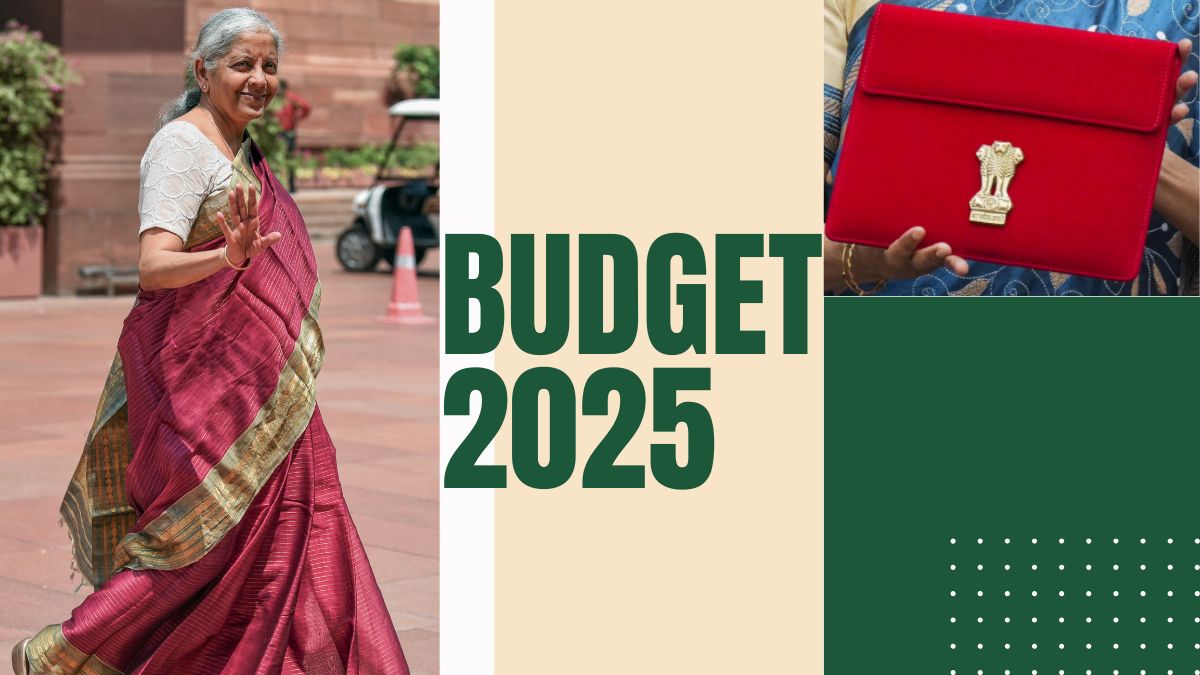As per sources, it is said that the Union Budget for the year 2025 will be presented on February 1. Taxpayers are eagerly waiting for proposals that could ease their financial burdens, especially as inflation has raised the cost of living. In light of the low GDP growth in the second quarter, Finance Minister Nirmala Sitharaman will be focusing more on consumer spending, which could result in tax relief initiatives designed to help salaried individuals save more, thereby increasing their disposable income and encouraging them to spend more.
This time, reforms to the new tax regime are anticipated to be more ‘user-friendly,’ aiming to make it easier for salaried taxpayers to meet their tax obligations and comply with tax rules.
Most industry bodies have been demanding significant individual tax relief from the government. Along with them, experts also believe that the upcoming budget will significantly focus on lowering the tax burden on salaried individuals and middle-class taxpayers.
According to a PTI report, the Confederation of Indian Industry (CII) has expressed the view that Budget 2025 should focus on reducing marginal tax rates for individuals earning up to Rs 20 lakh per annum. The report also suggests that reducing marginal tax rates would pave the way for more consumption, fostering growth, which would ultimately lead to higher tax revenue.
Potential Additions to the New Tax Regime
According to tax experts, one suggestion is to potentially increase the income exemption threshold from Rs 7 lakh to Rs 8 lakh or higher. Another notable suggestion is the inclusion of a proposal to raise the standard deduction for salaried individuals from Rs 75,000 to Rs 1 lakh.
Finance Minister Nirmala Sitharaman is also said to be exploring adjustments to concessional tax rates for income brackets ranging from Rs 7 lakh to Rs 15 lakh. If introduced, it would provide significant relief to middle-income taxpayers and encourage more people to shift to the new tax regime.
Most salaried individuals have preferred the traditional tax structure, as it continues to attract taxpayers due to its deductions and exemptions. Tax experts predict potential enhancements, such as raising the Section 80C deduction limit from Rs 1.5 lakh to Rs 2 lakh and increasing the cap on housing loan interest deductions under Section 24(b) from Rs 2 lakh to Rs 3 lakh.
Potential changes are also expected under Section 80D, including higher deductions for medical insurance premiums and increased relief for individuals with disabled dependents under Section 80DD. These changes would ensure that the old tax regime continues to be a practical choice for people who rely on its benefits.
The government might also introduce family-focused tax benefits, such as deductions for school fees or health insurance premiums, to provide more relief to households.













